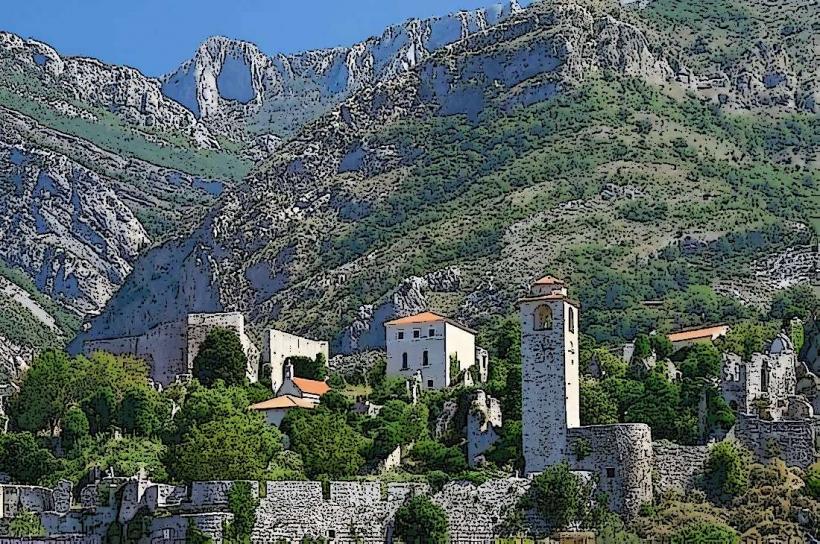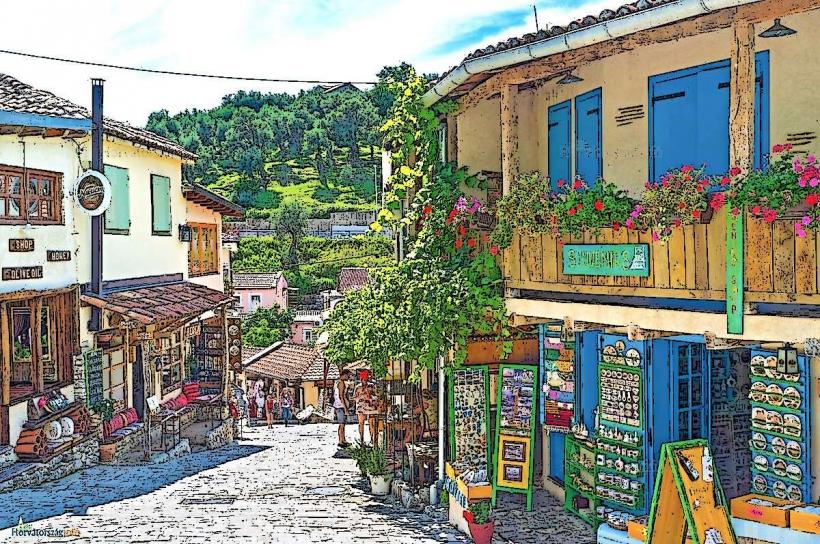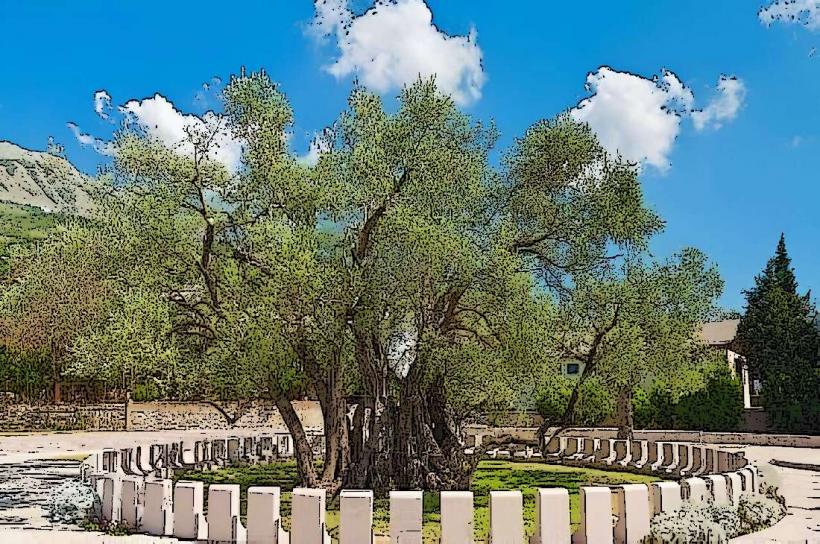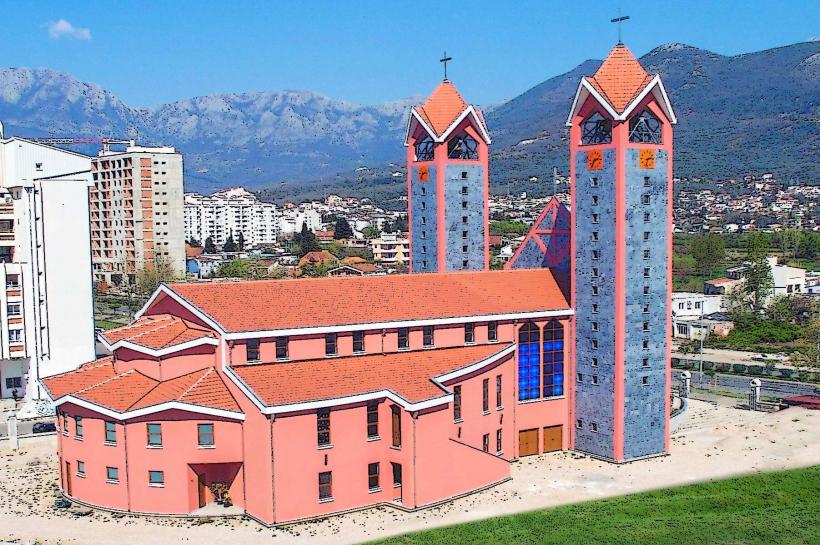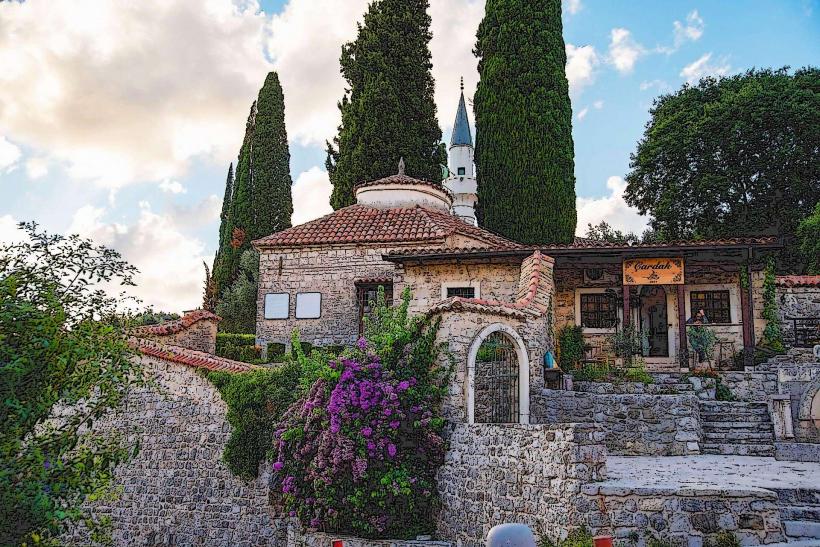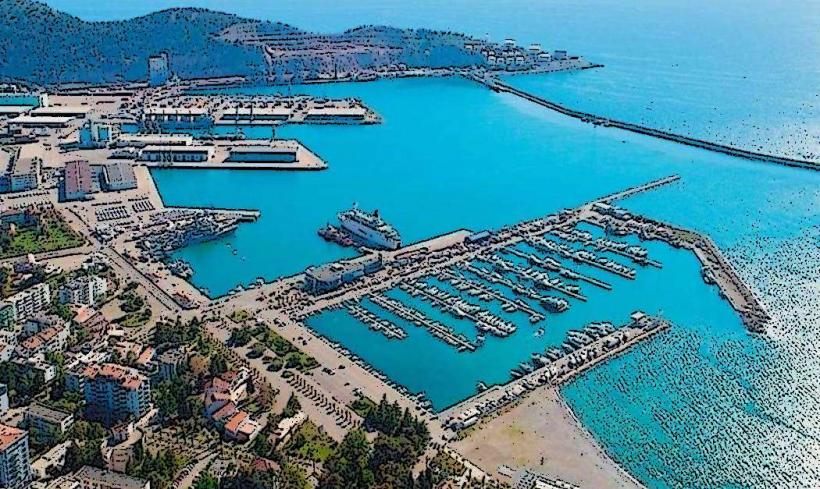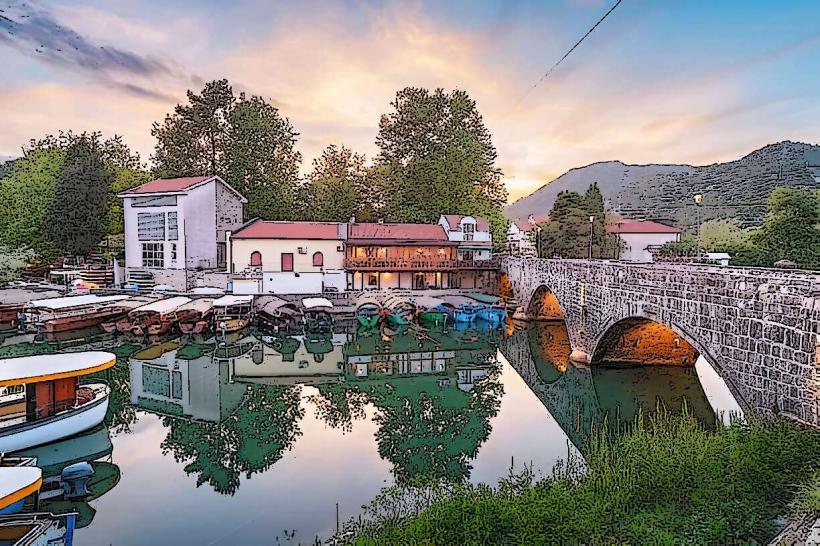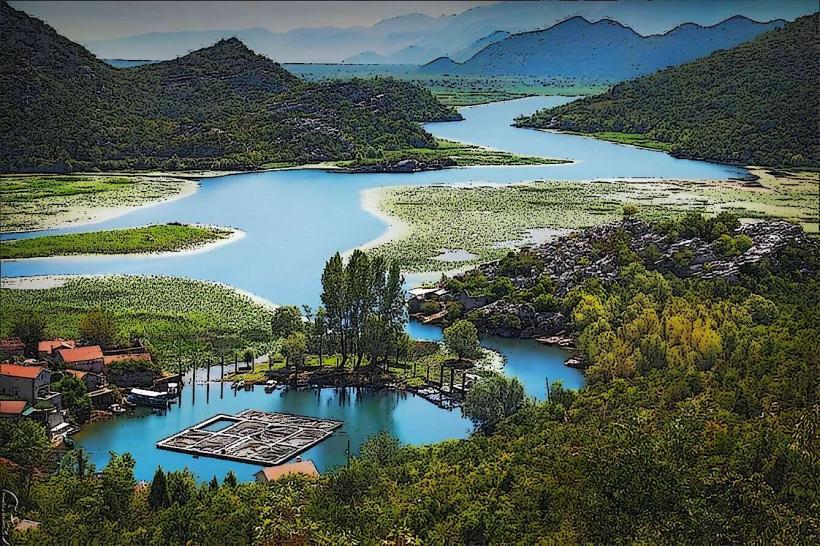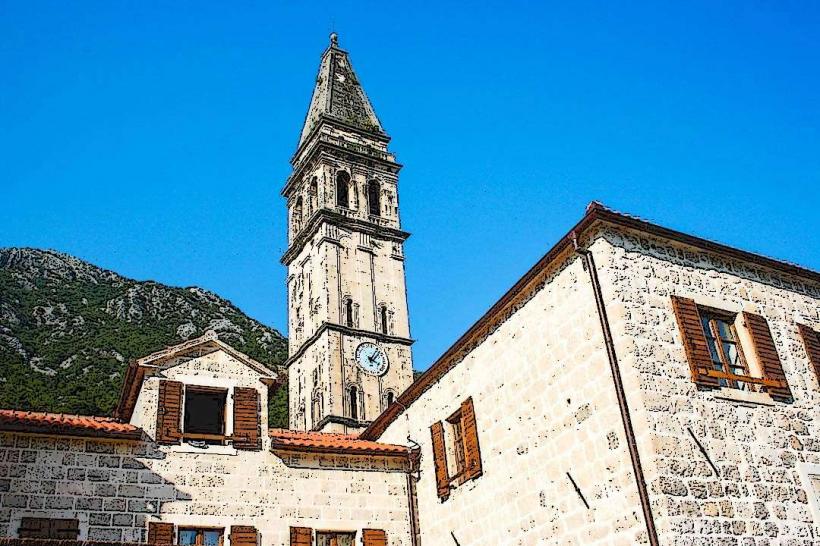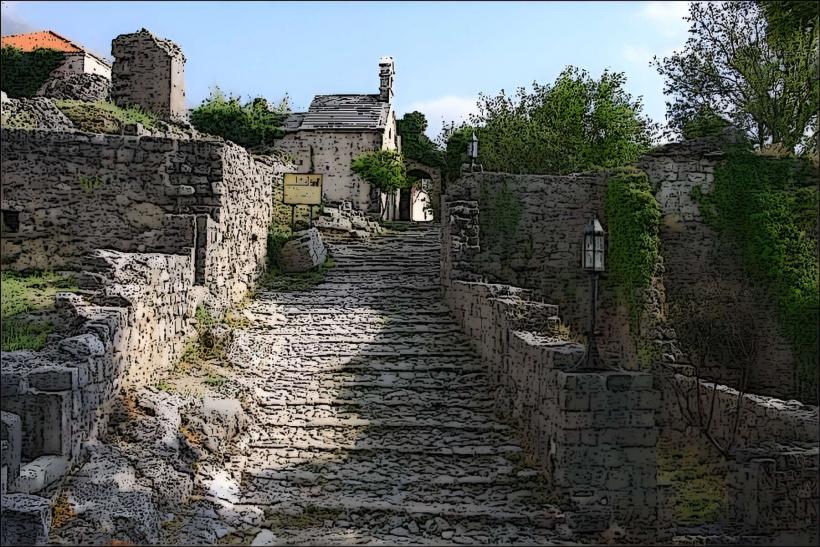Information
Landmark: Old AqueductCity: Bar
Country: Montenegro
Continent: Europe
The Old Aqueduct of Bar is a historical engineering marvel located near the town of Bar in southern Montenegro. It dates back to the Roman era and is a testament to the advanced water management systems developed by the ancient civilizations of the region. This ancient aqueduct is one of the most important historical sites in Bar, providing insight into the area's Roman past and its sophisticated infrastructure.
History and Background
- Roman Origins: The aqueduct was built during the Roman period, possibly in the 1st century AD, when the region was part of the Roman province of Dalmatia. It was designed to bring fresh water to the ancient city of Bar, known as Antibar during Roman times.
- The aqueduct was part of a larger Roman infrastructure project that also included the construction of roads, bridges, and public buildings to support the growing population and development of the area.
- Later Modifications: Over the centuries, the aqueduct was repaired and modified by various rulers, including the Ottomans, but much of its original Roman structure remains intact.
Construction and Design
- Length and Route: The aqueduct stretches over several kilometers, originating from springs in the Mount Rumija area and making its way towards the town of Bar. It was designed to bring water to the town’s public fountains and baths, vital to the daily life of the inhabitants.
- Architecture: The aqueduct is made of stone and features a series of arches, some of which stand as high as 10 meters (32 feet). The construction employs Roman engineering techniques, using perfectly cut stones and a highly effective system of channels that carried water over great distances.
- The most iconic part of the aqueduct is its bridge-like structure, where water would flow through stone channels atop a series of arches. These arches allowed the aqueduct to cross valleys and rivers while maintaining a steady downward slope to ensure the flow of water.
Current Condition
- Today, the aqueduct is mostly ruined, with some sections still standing, while others have crumbled over time. Despite the damage, it remains one of the most impressive remnants of Roman engineering in the Balkans.
- Sections of the aqueduct can still be visited, and it offers a glimpse into the ancient infrastructure that helped sustain life in the region.
Visiting the Aqueduct
- Location:
- The aqueduct is located a short distance from Bar, near the village of Mirovica, in the foothills of Mount Rumija. It is easily accessible by car, and there are signs directing visitors to the site.
- Tourism:
- Visitors can walk along parts of the aqueduct and explore its remains. There is no official entrance fee, making it a great stop for those interested in history, archaeology, and photography.
- Due to its location on a hill, the aqueduct also offers excellent views of the surrounding countryside, including the coastal area of Bar and the nearby Rumija Mountain.
- Nearby Attractions:
- Stari Bar (Old Bar): The ancient town of Bar, located nearby, offers additional Roman ruins and Ottoman-era architecture, making it a perfect addition to a visit to the aqueduct.
- Mount Rumija: A popular hiking destination, offering stunning views of the region, including a panoramic view of the aqueduct.
Cultural and Historical Significance
- Roman Heritage:
- The aqueduct is an important symbol of the Roman influence in the region. The Romans were renowned for their ability to build advanced infrastructure, and the aqueduct is a clear example of their engineering prowess. It was vital to the survival and prosperity of Antibar (modern-day Bar).
- Connection to Local History:
- The aqueduct played a central role in the daily life of ancient Bar, providing water for drinking, bathing, and irrigation. Its legacy continues to be an integral part of the local cultural heritage, representing the town's long history from Roman times through to the present day.
Conclusion
The Old Aqueduct of Bar is a remarkable historical site that offers visitors a chance to step back in time and witness the ingenuity of Roman engineering. Its impressive arches, historical significance, and picturesque location make it a must-see for anyone interested in the ancient history of Montenegro and the wider Balkans. Whether you're a history enthusiast, a photographer, or simply someone enjoying the natural beauty of the region, the aqueduct provides a fascinating and peaceful glimpse into the past.

